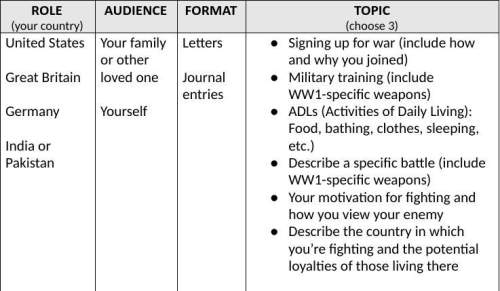
History, 24.12.2020 01:10 makayladurham19
Rewrite the following in a short version:
Most can agree that the Brown v. Board of Education of Topeka, Kansas case was one that greatly influenced the way colored people of America were treated, as it struck down segregation in schools across the nation and created a more equal and fair environment for those of color. There were some however who believed that by doing so, the Supreme Court was displaying a clear abuse of judicial power, ultimately leading to the creation of the Constitution of Principles, otherwise informally known as the Southern Manifesto. Strom Thurmond and Richard Russell Jr., authors of the Constitution of Principles, very strongly opposed the Supreme Court's decision to commence the national integration of public schools. When the news broke to the public that Chief Justice Earl Warren had ruled this verdict, both men decided to take action and construct the Southern Manifesto, where they addressed what they believed to be the unconstitutional nature of the Court’s ruling. They, along with the other 101 congressmen from the Deep South that signed their document, believed that the Court’s choice represented an evident abuse of Judicial power and that the amendment they were referring to when accumulating their conclusion did not involve the systems of education.
Thurmond and Russell Jr. claimed that the decision made to integrate public schools was encroaching upon the rights of each individual state as well as the people involved. They argued that while the Supreme Court decided to change the school system on the condition that separating blacks and whites was unconstitutional, they too were not abiding by the constitution saying, “The original Constitution does not mention education. Neither does the 14th Amendment nor any other amendment. The debates preceding the submission of the 14th Amendment clearly show that there was no intent that it should affect the system of education maintained by the States,” (Thurmond and Russell Jr. 1956). They also bring up several other court cases such as the Plessy v. Ferguson case and the Roberts v. City of Boston case in order to showcase other ways in which the court used the 14th amendment to aid in their choices, attempting to rule all of their decisions as disorderly and lawless acts. It sparked mass chaos and confusion, causing strain between relationships of whites and blacks. Said scenarios and arguments can be linked to the American Civil War due to the relation both the war and the Southern Manifesto had with the issue of equality among those of color and whites. Both were mainly arguments between the North and the South as well, with the South not wanting colored peoples to be equal or close to equal with white Americans. They also relate due to the same issues they had with the intervention of the Central government in states’ decisions, which divided the population of the country.
The Brown v. Board of Education of Topeka, Kansas was a landmark Supreme Court case where Chief Justice Earl Warren stated that “separate educational facilities are inherently unequal” and began the process of national integration of public schools. With this came opposers who believed that this was unconstitutional and unlawful, eventually leading to the creation of the Constitution of Principles, a document which addressed such issues and beliefs. Analyzing the nature of the argument and the effect it had on the people involved, it’s safe to assume that the American Civil War can be linked to this specific situation given the several relations. With everything that resulted from this particular case, one can discern that it was genuinely something that had a very influential impact on America and the social treatment of those of color in America. Looking back on such things and relating them to similar issues of current times, it is quite surprising to see that such problems relating to the equality of the nation have yet to be solved.

Answers: 3


Other questions on the subject: History

History, 21.06.2019 17:50, lilrider777
Which of the following best describes a historical interpretation? o a. an unfair prejudice held by earlier cultures b. a source created in the ancient past o c. a conflict between ancient civilizations o d. an explanation for why a past event happened
Answers: 1

History, 21.06.2019 21:40, samueldfhung
Which of the following best describes the 1957 events at central high school in little rock, arkansas? -governor faubus resisted the school’s integration with national guard troops, and president eisenhower sent federal troops to enforce integration.-under governor faubus, little rock police first fought, then enforced, the order to integrate the school.-president eisenhower sent national guard troops to resist the school’s integration, but governor faubus obtained a court order to dismiss them.-president eisenhower and governor faubus worked together to make the integration process run as smoothly as possible.
Answers: 1

History, 22.06.2019 00:30, marshaehayes9444
Which areas where seperated by the iron curtain
Answers: 1

History, 22.06.2019 03:00, thatkiddrew4063
Which statement might have been made by an anti-federalist?
Answers: 1
You know the right answer?
Rewrite the following in a short version:
Most can agree that the Brown v. Board of Education of To...
Questions in other subjects:


Mathematics, 04.04.2020 12:38

Mathematics, 04.04.2020 12:38





Mathematics, 04.04.2020 12:39





